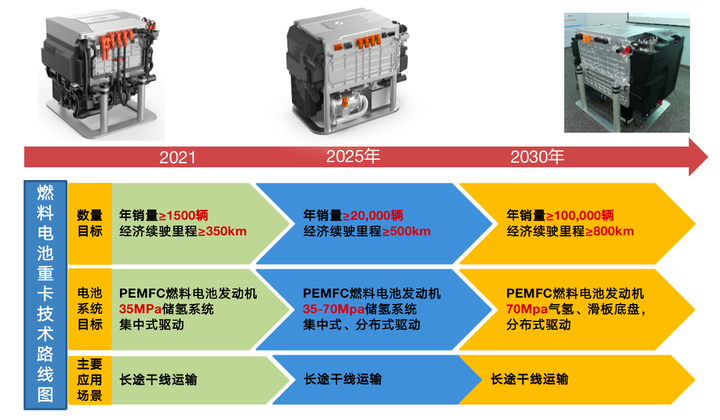New energy commercial vehicles-heavy trucks, multiple power sources, bright prospects
Driven by the “dual carbon” policy, the new energy heavy truck market has quickly emerged and become a field that has attracted much attention. From January to August this year, sales have reached 16,920 vehicles and are showing rapid growth. It is expected that annual sales will exceed 30,000 vehicles. As the number of new energy heavy-duty trucks continues to increase, different operating scenarios and needs are gradually diversifying.
Diverse demands for new energy heavy trucks
The rapid rise of the new energy heavy truck market is reflected in sales volume, but more importantly is the expanding number of operators and diversified operating scenarios. As the market continues to develop, the demand for new energy heavy trucks is also constantly evolving. From tractors to dump trucks, trucks, mixers, and special-purpose vehicles (including sanitation and engineering), different types of new energy heavy trucks have emerged, and each type has its own specific accessory requirements.
Diversified power of new energy heavy trucks
At present, new energy commercial vehicles and heavy trucks mainly rely on three different power sources, each of which has unique technical paths and prospects.
1. Pure electric heavy trucks – including rechargeable heavy trucks and battery-replaceable heavy trucks. Charging methods are divided into fast charging and super fast charging. Among them, the battery replacement mode and fast charging station cost are lower, but with the improvement of site utilization, battery replacement becomes more competitive, especially in the life span of 1.5 million kilometers. Under this situation, the comprehensive ton-kilometer cost of replacing electric heavy-duty trucks is lower than that of diesel heavy-duty trucks, and it meets the demand for the lowest vehicle operating cost per ton-kilometers.
2. Hydrogen fuel cell heavy-duty trucks – As an emerging power source, hydrogen fuel cell technology is still in its early stages compared to battery-replacement heavy trucks, but it has made important progress. Our country has promoted 10,000 fuel cell vehicles and has made major breakthroughs in hydrogen production equipment and hydrogen refueling stations. In the near future, fuel cell heavy trucks are expected to be commercialized and further increase sales.
3. Zero-carbon internal combustion engine hybrid heavy-duty trucks – This field includes hydrogen internal combustion engines, methanol internal combustion engines, biodiesel internal combustion engines and other hybrid systems. Aimed at reducing carbon emissions, they offer options for applications that require more driving range and sustainability.
The future of new energy heavy trucks is bright. It is expected that the market penetration rate will continue to increase in the next few years, and may exceed 10% by 2025, and is expected to be close to 50% by 2030. Pure electric heavy trucks are expected to dominate, of which battery-replacement heavy trucks may account for more than 70%, while fuel cell heavy trucks will also see significant growth. As technology continues to improve, cruising range and battery performance will be improved, further expanding the market for new energy heavy trucks.
Zhengheng Power is committed to providing customers with high-quality, customized new energy parts and components, promoting the development of the new energy commercial vehicle industry and contributing to global sustainable energy. Customers are welcome to visit the factory for inspection!
Post time: Oct-13-2023












